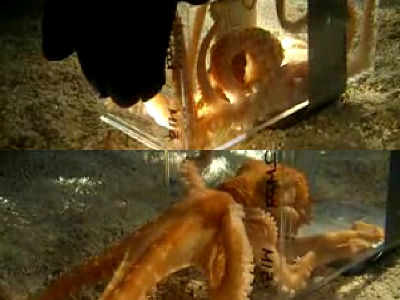`` Sinking and floating metal '' inspired by fire ants and spiders is developed

Poisonous
Highly Floatable Superhydrophobic Metallic Assembly for Aquatic Applications | ACS Applied Materials & Interfaces
https://pubs.acs.org/doi/10.1021/acsami.9b15540
Spiders and ants inspire metal that won't sink: NewsCenter
https://www.rochester.edu/newscenter/superhydrophobic-metal-wont-sink-406272/
When you play the following movie, you can see at a glance how the metal is actually floating in the water with the new technology developed by the research group of the University of Rochester.
Unsinkable Metal-YouTube
Two identically shaped pieces of metal can be put in the aquarium ...

One quickly sank, while the other remained floating.
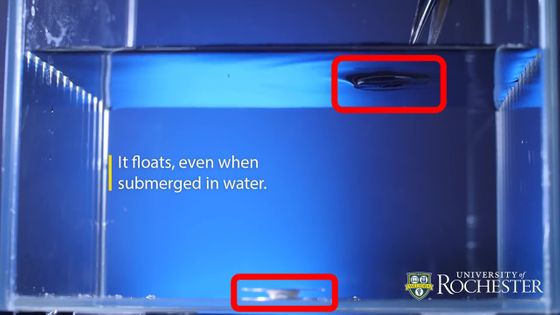
Even if you submerge in the water with tweezers, it will rise to the surface of the water in a straight line.
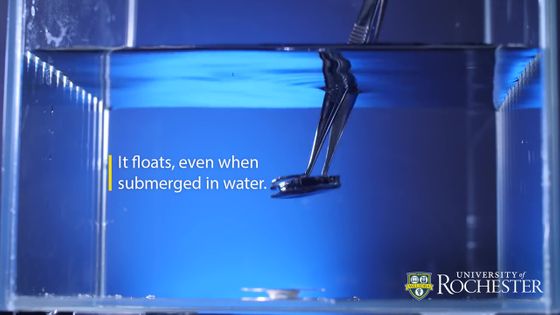
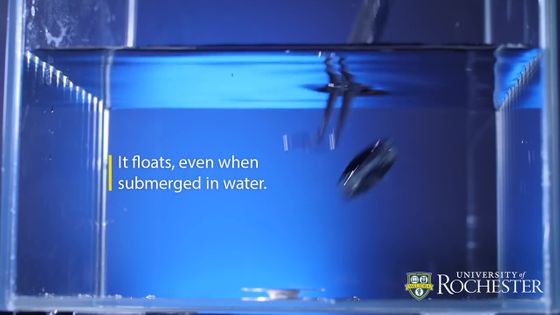
Floating in the water is a bobbin- shaped metal plate that is made by joining two thin aluminum plates in parallel with a slight gap. One-yen coins made of the same aluminum also float in water, but one-yen coins float due to surface tension , so once they sink, they cannot float.
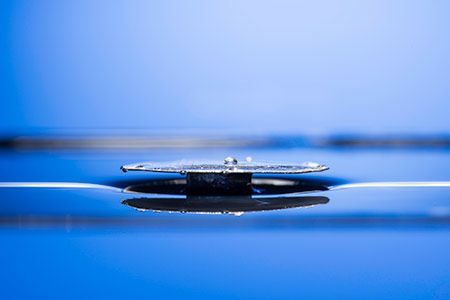
This technology has been made possible by ' superhydrophobic (SH) ' surface processing using a very short pulse width laser called a femtosecond laser .
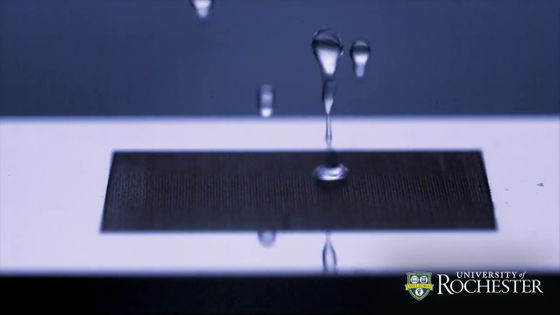
The research group has made a raft and floats on the water ...

Inspired by the ability of
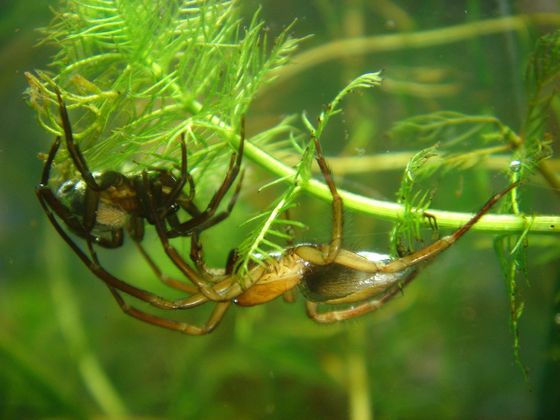
by
The SH surface processing applied to the inside of the aluminum plate keeps the air tight between the two plates, so even if it is submerged by the weight at the bottom of the water tank ...
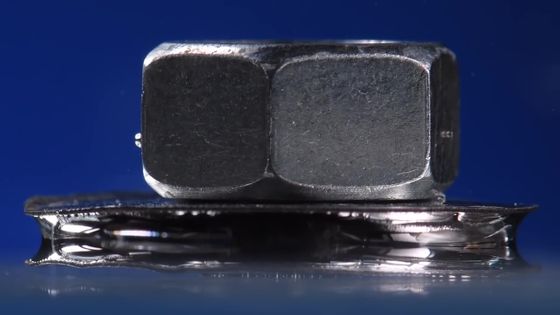
As soon as the weight disappears, it can rise to the surface of the water. What a submersion in water for a few months does not impair the ability to lift.
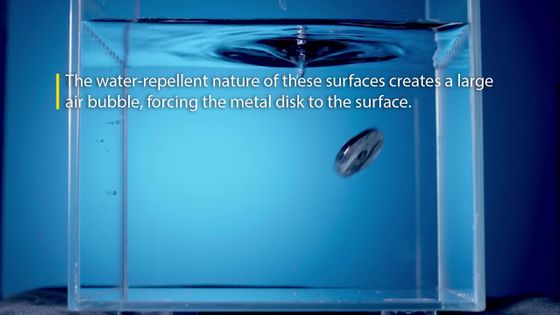
Moreover, it does not sink even when drilled.
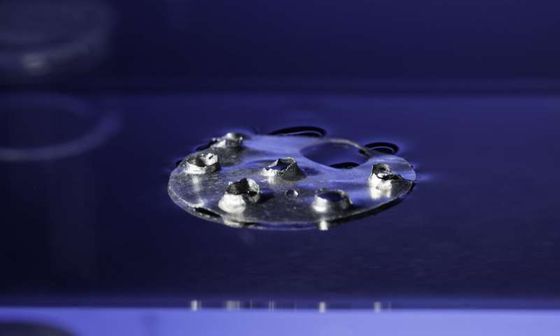
At the time of article creation, it takes one hour to process 1 inch (about 2.54 cm) square area, but if a laser with 7 times or more output is used, the processing time can be greatly reduced. That. The research group believes that this technology will be applied to ships and life jackets that will not sink even if damaged, and observation equipment that can monitor the ocean for a long time.
Related Posts:





